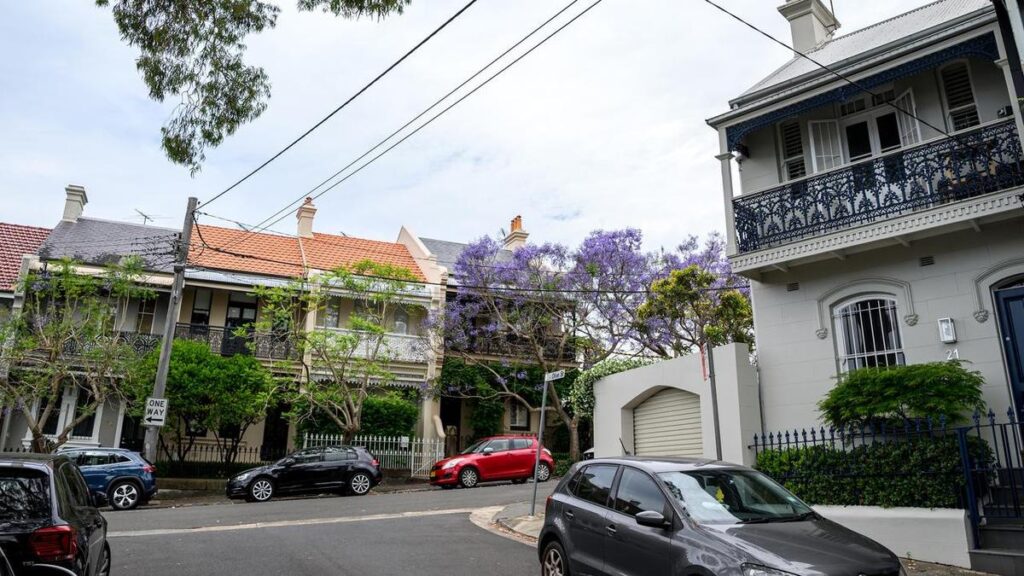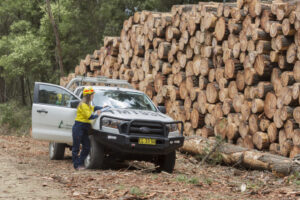
URGENT UPDATE: House prices are surging as city-dwellers escape rising costs and flock to regional areas. Latest forecasts from property sales portal Domain predict that the median house price in Sydney could approach a staggering $2 million by 2026, driven by falling interest rates and a significant lack of housing supply.
In a report released just this morning, Domain’s chief economist, Nicola Powell, confirmed that house prices across major Australian capital cities are projected to grow by 6% in 2026, adding to the 9% growth expected for 2025. “We’ve seen momentum building across our housing markets, particularly in our largest markets Sydney and Melbourne,” Powell stated, emphasizing that this trend will likely continue into early 2026.
The anticipated rise in Sydney’s median house price is expected to hit $1,924,439 in 2026, marking a 7% increase. Meanwhile, Melbourne’s median price is set to grow by 6% to a record $1,170,168. The psychological impact of these prices is profound; Powell likened the approaching $2 million mark in Sydney to “Mount Everest” for buyers.
As urban housing costs soar, regional areas are experiencing a dramatic influx of buyers. Regional dwelling values have already increased by 2.4% in the three months leading up to October 31, the highest growth rate in over three years, according to Cotality. This surge marks a shift from the pandemic-driven demand for space to a pressing need for affordability as buyers find themselves priced out of city markets.
Communications professional Rowena Sturn recently shared her experience of moving to Newcastle after realizing Sydney was no longer an option. “Blocks of land in the suburb we were living in in the inner west were selling for like $2.5 million, $3 million,” Sturn explained. “We realized we were never going to be able to afford that, so we’re out.” Her family’s return to Newcastle was fraught with challenges, including fierce competition and deceptive pricing tactics from real estate agents.
“It took us like nine, 10 months of active house hunting, coming up from Sydney almost every weekend, going to inspections,” Ms. Sturn recalled. “I don’t think enough is being done to make it easier and more accessible to purchase.”
In response to escalating housing challenges, local governments have been enacting reforms to improve affordability. New South Wales, for instance, recently passed significant planning and zoning changes aimed at increasing supply. However, Powell warns that meaningful improvements in Australia’s chronic housing undersupply may not materialize until late 2026.
For those unable to purchase homes, rental prices are now expected to rise after a prolonged period of stagnation in 2025. Despite a reduction in overseas migration, increased investor activity is projected to keep rental growth manageable at around 3% nationally.
As the housing market continues to evolve, potential buyers and renters are urged to stay informed on these rapidly changing conditions. The developments in both urban and regional housing markets are set to reshape the landscape of homeownership in Australia, making this an urgent issue for those navigating the real estate arena.
Stay tuned for ongoing updates and insights into the housing market trends.





